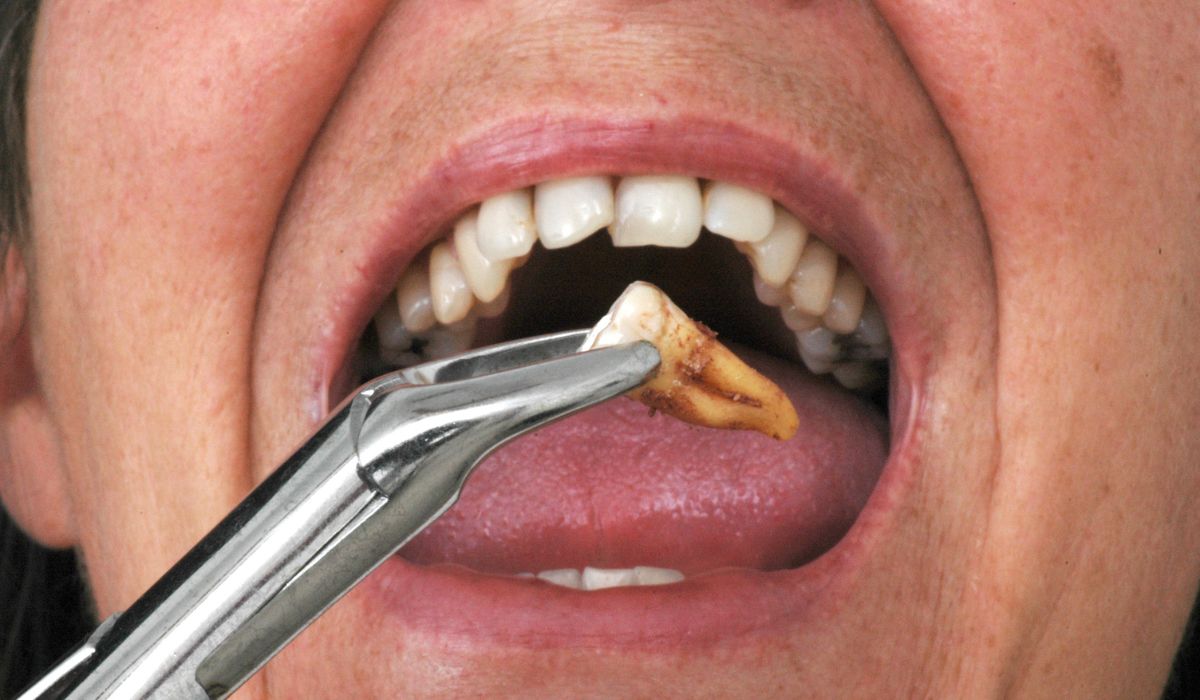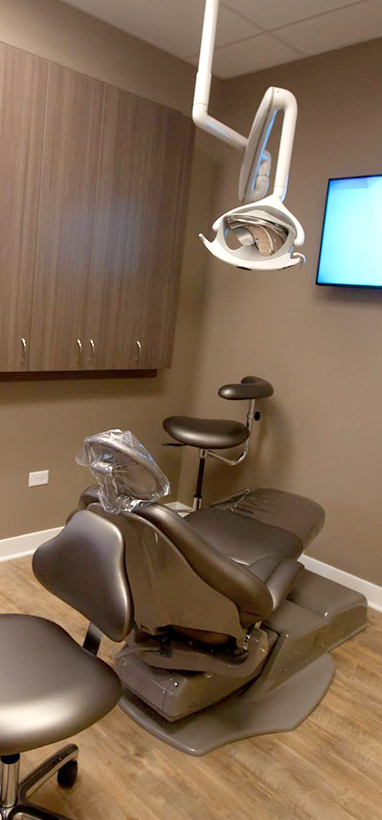1516 Legacy Cir, Naperville, IL 60563
What to Do If You Experience Bleeding After a Tooth Extraction?

Experiencing bleeding after a tooth extraction can be unsettling, but knowing how to handle it can make all the difference. Whether you’ve just had a tooth pulled or you’re preparing for an upcoming extraction, understanding the right steps to manage bleeding is crucial for a smooth recovery.
In this blog, we’ll walk you through the immediate actions to take and how to manage any bleeding effectively.
From applying pressure to recognizing when you need professional help, we’ll cover practical tips to help you navigate the recovery process. Discover how to keep the bleeding under control and prevent complications, so you can get back to your routine as soon as possible.
Ready to turn your post-extraction experience into a hassle-free recovery? Let’s dive into the essential steps for managing bleeding and ensuring proper healing.
Immediate Actions to Take
Apply Pressure : Start by placing clean gauze over the extraction site and applying gentle pressure. This helps the blood clot to form and stabilize, reducing bleeding. Hold the gauze in place for about 30 minutes without checking the site. If bleeding continues, replace the gauze and apply pressure again. It’s crucial to avoid using a lot of force, as this can worsen the situation.
Avoid Spitting or Rinsing : Refrain from spitting or rinsing your mouth vigorously. These actions can dislodge the blood clot that forms in the extraction site, leading to increased bleeding and potentially delaying healing. Instead, allow the clot to form naturally without disturbing it.
Stay Upright : Keeping your head elevated, even while sleeping, helps minimize bleeding. Gravity aids in reducing the blood flow to the extraction site, which can be beneficial in controlling bleeding. Use extra pillows to prop your head up while resting or sleeping.
Common Causes of Prolonged Bleeding
Blood Clot Dislodgement : Certain activities, like sucking through a straw or vigorous coughing, can dislodge the blood clot. This interruption can cause prolonged bleeding and extend the healing time. It’s essential to avoid such activities during the initial recovery period.
Infection Risks : Infections at the extraction site can exacerbate bleeding and delay healing. Symptoms of infection include increased pain, swelling, and redness. Maintaining proper oral hygiene and following care instructions can help reduce the risk of infection.
Medication Side Effects : If you’re taking anticoagulants or other medications that affect blood clotting, you might experience prolonged bleeding. Consult with your dentist or doctor about how these medications could impact your recovery and if any adjustments are needed.
How to Manage and Monitor Bleeding?
When to Change Gauze
Change the gauze every 30 minutes or as needed if it becomes soaked with blood. Ensure you use clean gauze each time to prevent introducing bacteria into the extraction site. Avoid frequently checking the site, as this can disrupt the healing process.
Signs of Excessive Bleeding
Monitor for signs that indicate excessive bleeding, such as blood flowing continuously or large amounts of blood on the gauze. If you notice these signs or if the bleeding doesn’t slow down after following the initial steps, seek immediate medical attention.
Using Ice Packs
Applying an ice pack to the outside of your face can help reduce swelling and constrict blood vessels, which may assist in controlling bleeding. Apply the ice pack in 15-minute intervals with a cloth barrier to protect your skin.
Post-Extraction Care Tips
Avoid Hard or Hot Foods
Stick to soft, cool foods like yogurt, applesauce, and mashed potatoes. Hard or hot foods can irritate the extraction site and interfere with the healing process. Avoid foods that require chewing, as they might disturb the clot.
Maintain Oral Hygiene
Keep your mouth clean by gently brushing your teeth, avoiding the extraction site for the first 24 hours. After that, resume normal brushing, but use a soft-bristled toothbrush and be gentle around the extraction area to avoid disturbing the healing site.
Follow-Up Appointments
Attend all follow-up appointments with your dentist to ensure the extraction site is healing correctly. Your dentist will check for signs of complications and provide additional care instructions if needed.
When to Seek Professional Help?
Excessive Bleeding
If the bleeding is heavy and does not decrease after applying pressure and following care instructions, contact your dentist. Excessive bleeding might indicate a problem that needs professional intervention to prevent further complications.
Signs of Infection
Be alert to signs of infection, such as persistent pain, increased swelling, or pus. If you experience any of these symptoms, it’s essential to get in touch with your dentist as soon as possible to address the issue promptly.
Difficulty in Healing
If you notice that the extraction site is not healing as expected or if you experience ongoing discomfort beyond the typical recovery period, consult your dentist. They can assess whether there are any complications and provide appropriate treatment.
Experiencing bleeding after tooth extraction can be unsettling, but following these steps can help manage and control it effectively. Apply pressure, avoid actions that could dislodge the blood clot, and keep your head elevated. Be vigilant about potential complications and follow post-extraction care tips closely. If you notice excessive bleeding, signs of infection, or prolonged healing issues, don’t hesitate to seek professional help. Proper care ensures a smoother recovery and helps maintain your oral health.










